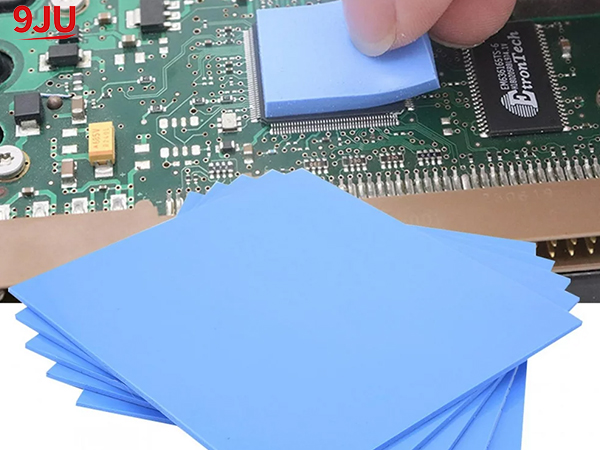The first is thermal requirements. Different application scenarios may have different requirements for heat dissipation performance. High-power devices usually require more powerful heat dissipation capabilities, so it is necessary to choose a thermal conductive silicone pad with high thermal conductivity. For general low-power devices, choosing a thermally conductive silicone pad with moderate thermal conductivity may be sufficient to meet the demand.

Second is the temperature range. Different applications may have different operating temperature requirements, so it is necessary to choose a thermal conductive silicone pad that meets the required temperature range.
Compressibility and elasticity are also factors to consider. Thermal conductive silicone pad usually need to be compressed and deformed during device assembly to ensure good contact with heat sinks and heat sinks. Therefore, the compressibility and elasticity of thermal pads are very important, they should be able to return to their original shape under pressure and maintain good contact.
Chemical resistance is also a factor to consider. Thermal conductive silicone pad may need to come into contact with other chemicals such as oils, solvents, etc. Therefore, choosing a Thermal conductive silicone pad with good chemical resistance can ensure its stability and long-term service life in different environments.
The last is machinability. Thermal conductive silicone pads need to be able to be easily cut, shaped and customized to meet the needs of different equipment. Therefore, choosing a thermal conductive silicone pad that is easy to process can improve production efficiency and flexibility.
So,do you know how to select thermal conductive silicone pad?
Post time: Jan-29-2024

